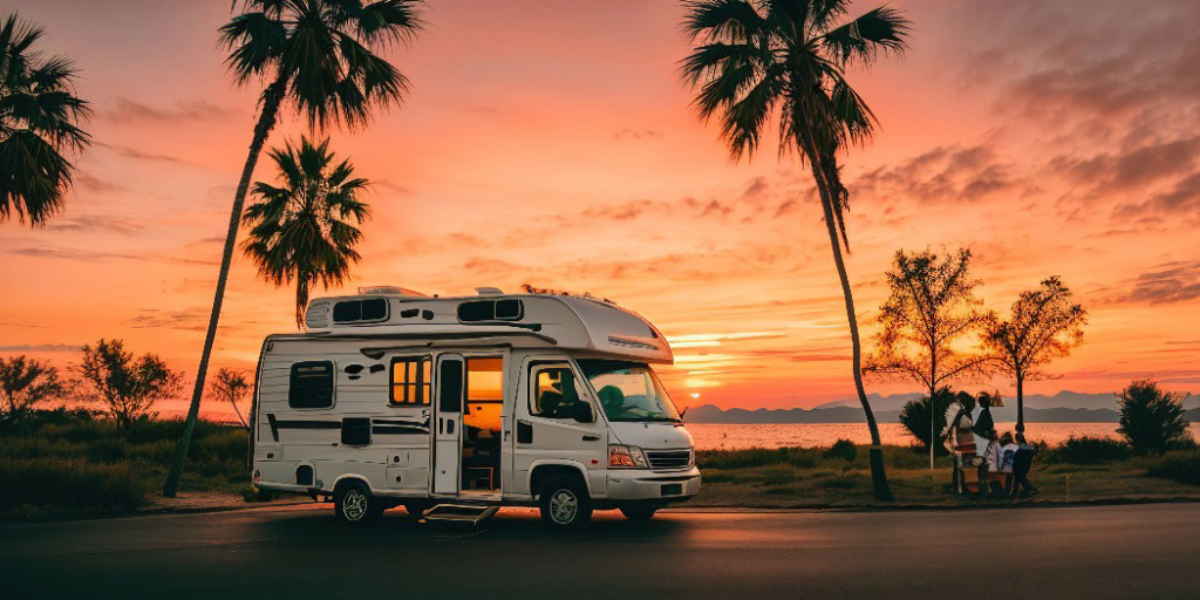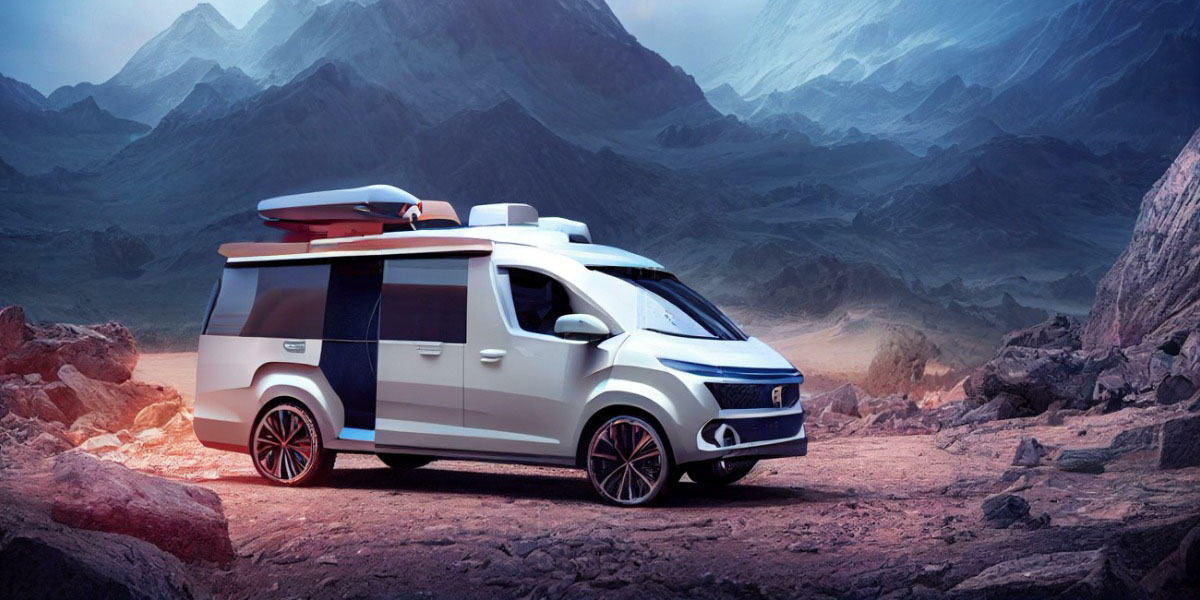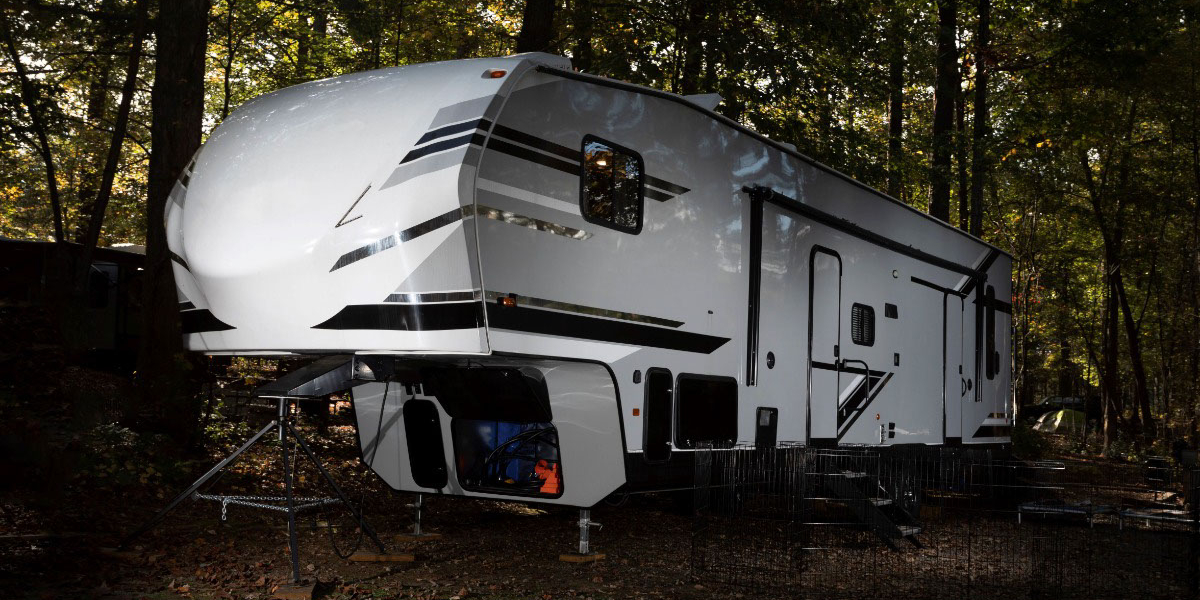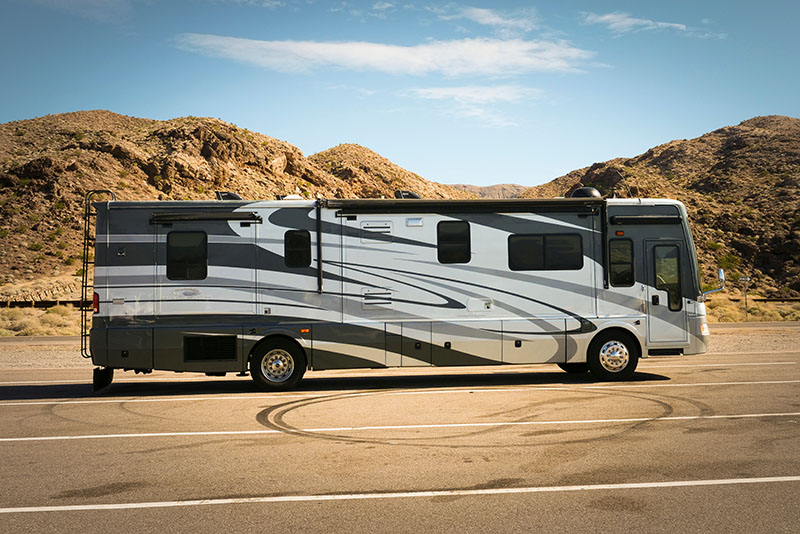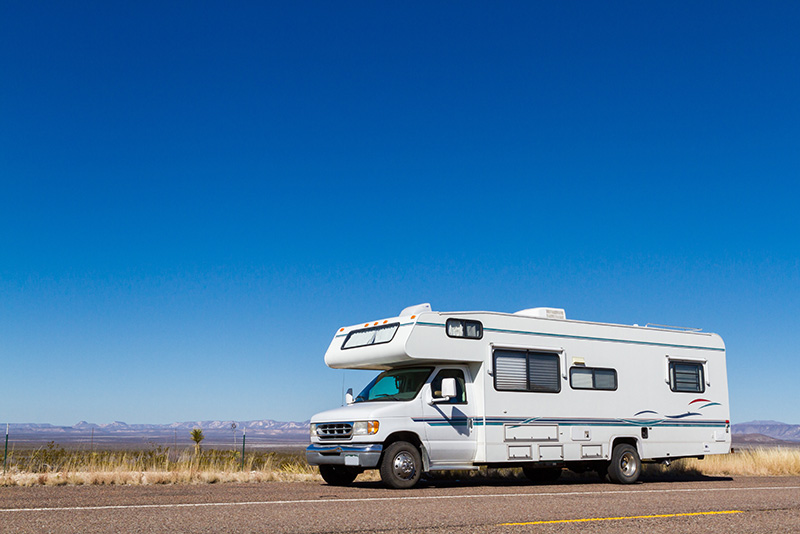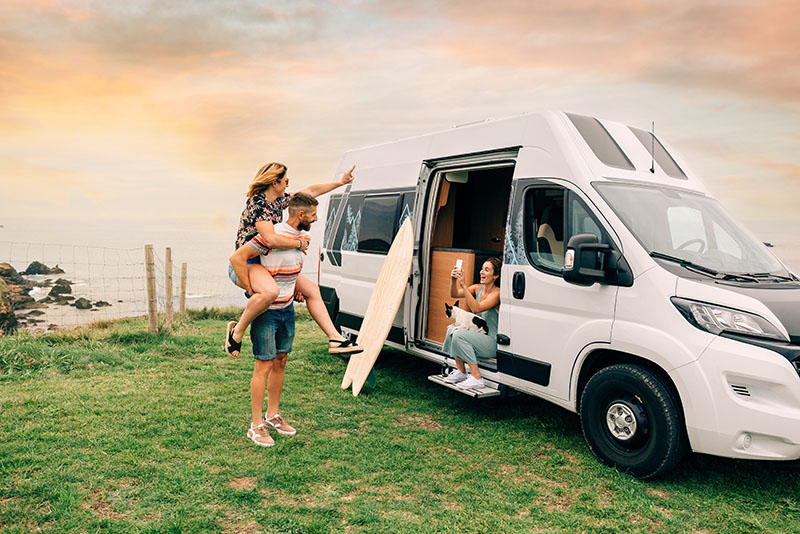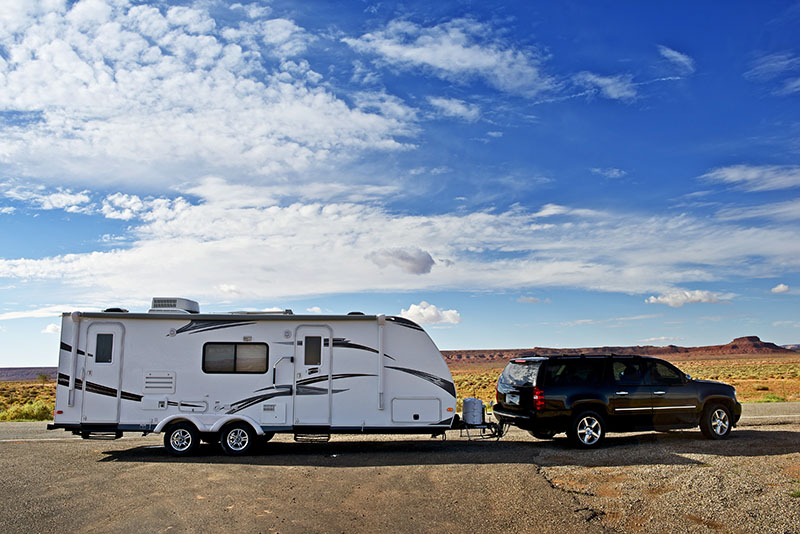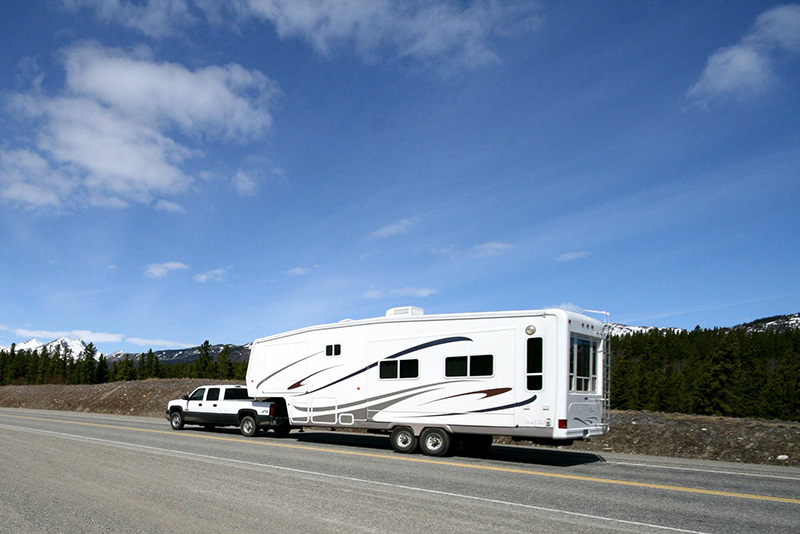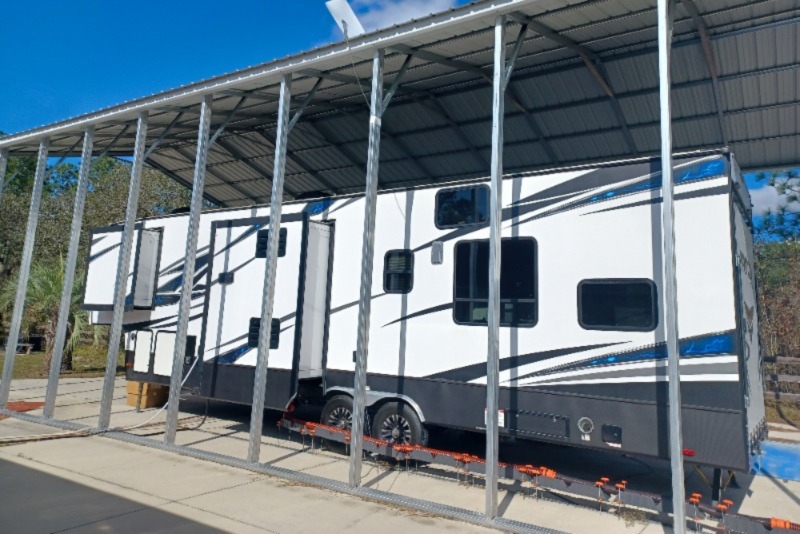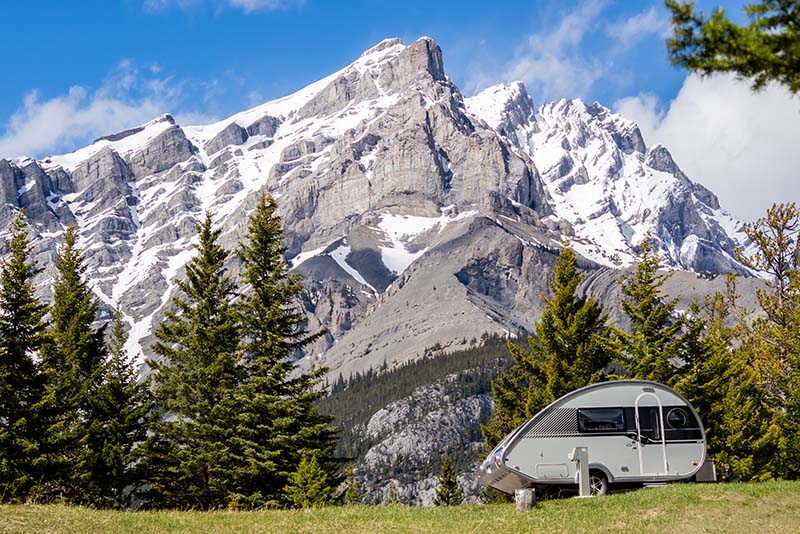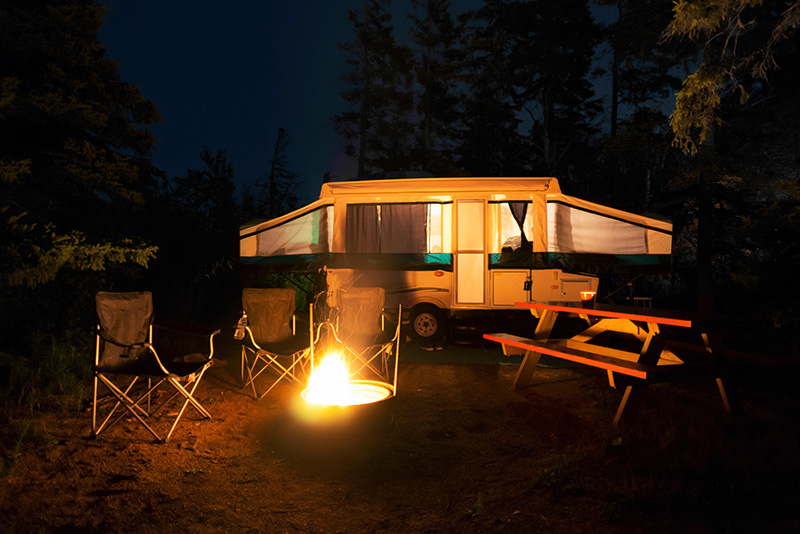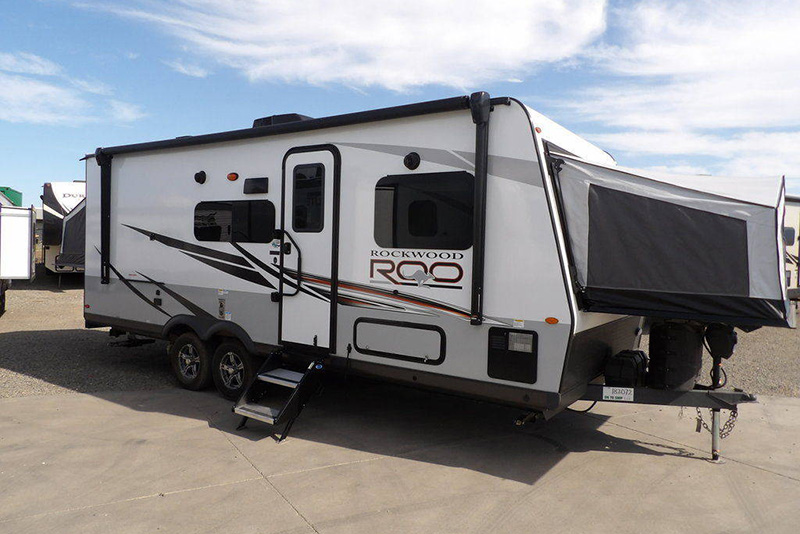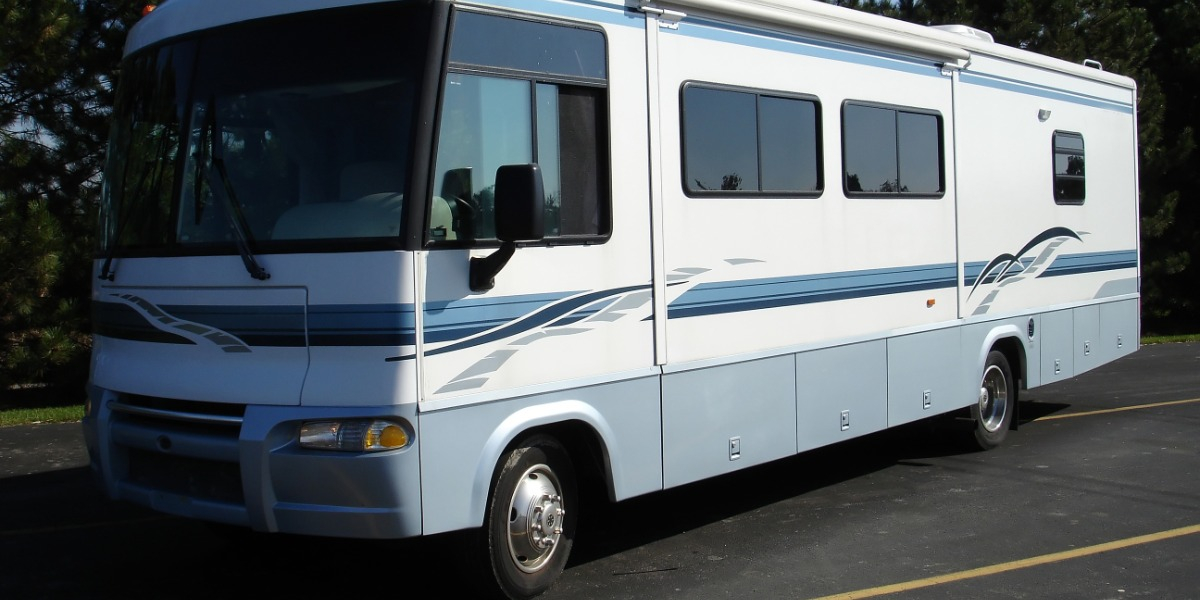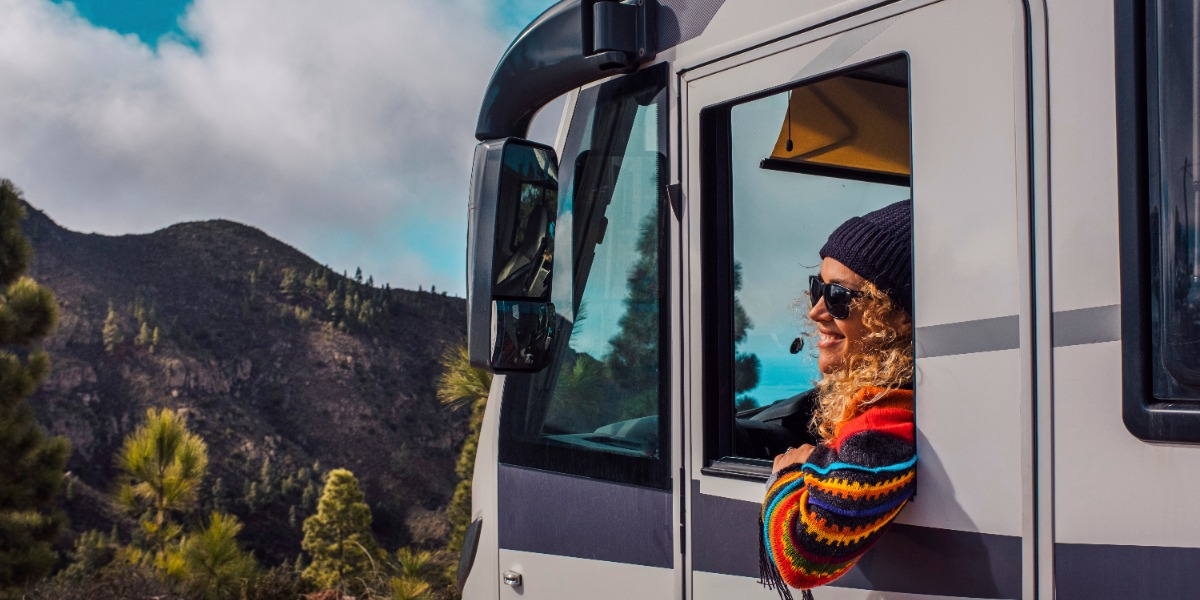RVs are a great way to travel across the United States and see areas of the country that are often overlooked or otherwise difficult to visit. However, with such a big purchase, adequate research is required to find the perfect RV. Read on to get answers to questions RV owners commonly ask, such as:
- What do I need to know about RVs?
- What will I need to buy for my RV?
- What is towing capacity, and why is it important?
- What are some common mistakes to avoid?
RVs range from an occasional fun vacation at a national park to full-time living out of the vehicle. RVers use their vehicles for a variety of activities and have fun outfitting and designing the interior to fit their lifestyle and personal style. But, before the fun can begin, you need to find the right RV for you.
What Should I Learn Before My RV Purchase?
Choosing the best RV and understanding everything about your new recreational vehicle is essential when making the decision to purchase a new Class A motorhome or other RV. Research is important, especially when preparing to spend thousands of dollars on a new vehicle. You can conduct research in many ways before your purchase, including reading articles, watching videos, or simply talking to friends and family who have purchased RVs in the past. Before making an RV purchase, it’s important to know:
- The intended primary use of the RV
- The type of RV that’s best for your lifestyle
- The mileage of the RV and how it affects the vehicle
- The special features and added equipment
Knowing what you want before beginning your search will help quickly narrow your options and find your perfect vehicle. RV Trader recently conducted a survey of over 400 RV owners, asking what they wish they had known more about before making their purchase. Some respondents had multiple areas they wished they had learned more about.
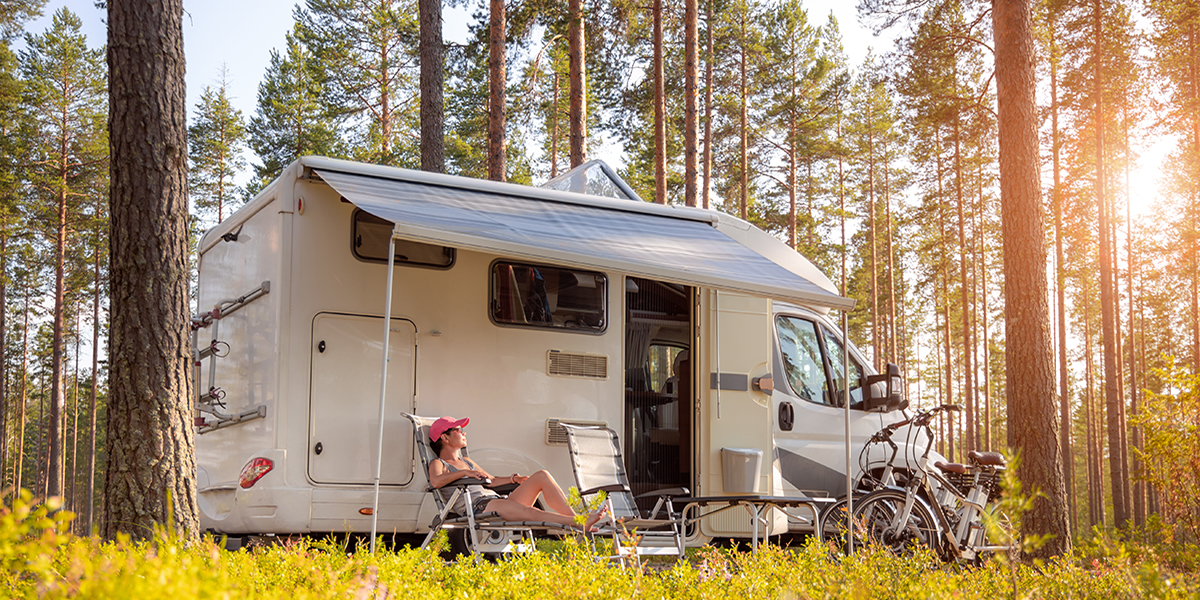
The majority of our respondents wished they knew more about RV maintenance costs and the types of energy options available for recreational vehicles. Be sure to incorporate these points into your research before making a purchase; but where can you find the relevant information you need?
When asked what would have been the best resource for more information before their purchase, 69% of participants wished they had asked the dealer or seller more questions, 58% wished they had talked to more RV owners, and 47% wished they had watched more informative videos. Other responses included wishing they had given the RV a test drive (26%) and wishing they had read more informative articles (22%).
Will I Need To Buy Anything Else to Outfit My RV?
Depending on your lifestyle and how often you will be using your RV, you may want to purchase additional equipment to outfit your vehicle. If you plan on living in your RV either short-term or long-term, a generator, solar panels, electrical adapters, and extra propane tanks will allow you to enjoy electricity and the ability to cook in your vehicle when utilities aren’t available. You wouldn’t want to attempt to live out of your RV without electricity or hot water! However, many RV owners regret outfitting their vehicles with pricey equipment before knowing they need it.
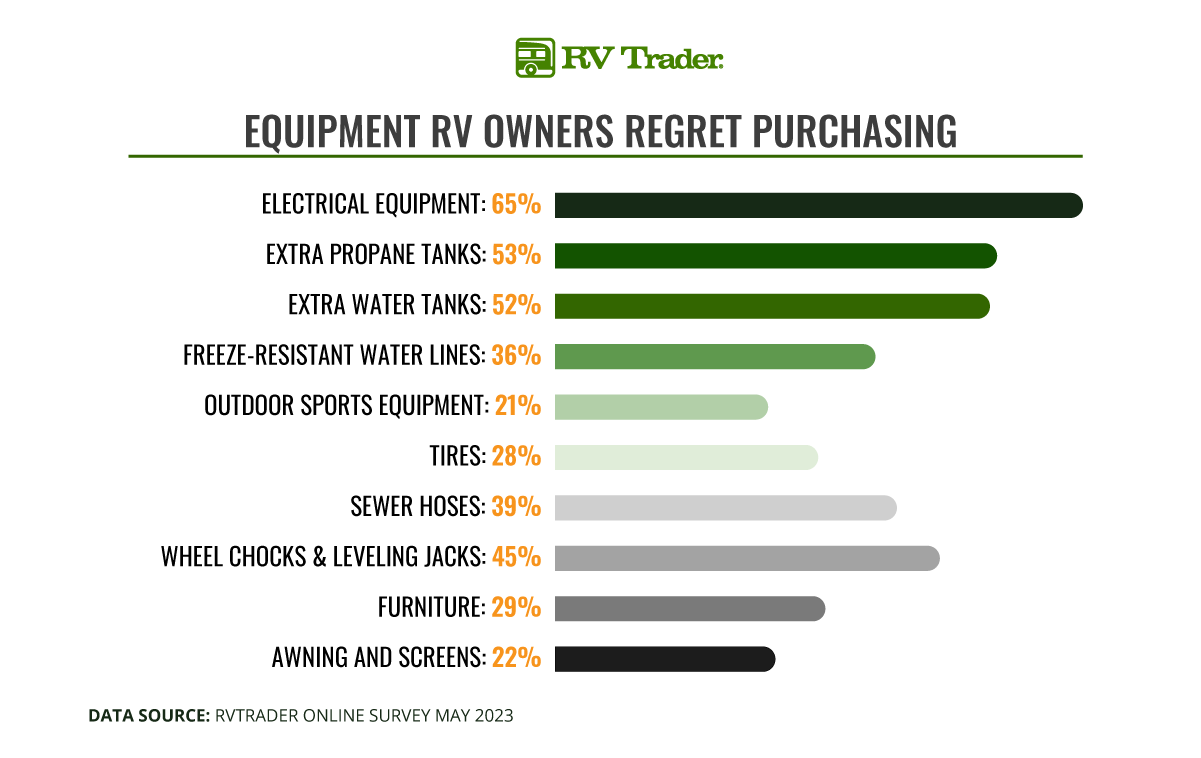
Extra sewer hoses, safety tools, freeze-resistant water lines, spare tires, wheel chocks, and leveling jacks can help avoid emergencies down the road. And roof vent covers, an air conditioner, screens for the windows, furniture, and outdoor equipment will keep you comfortable and provide a fun time in your new RV.
It’s important to consider the cost of these upgrades and extra equipment when planning your purchase, as well as long-term costs. For example, energy-efficient tools, like solar panels, may cost more upfront but will save you money in energy and gas prices in the long run.
Understanding Towing Capacity
Knowing your RV’s towing limit is important to stay safe on the road if you plan to tow vehicles behind the RV, such as cars, boats, or even horse trailers behind the RV. An RV with a low towing capacity cannot safely tow a heavy truck or trailer. Some RV owners may even want to tow a boat or ATV for additional outdoor fun.
An RV’s towing capacity can usually be found in the owner’s manual. However, if the previous owner lost the manual or you want to calculate it yourself, you can subtract the empty vehicle’s weight from the full vehicle’s weight including passengers and equipment. The resulting number is the weight your RV can safely tow. It’s important to remember that advanced features won’t increase the towing capacity. Heavy features may even limit the towing capacity of your RV. Never exceed the maximum weight combined with your tow vehicle.
RV owners may choose to tow a personal car to save money on gas prices. While it will be more expensive in terms of gas prices to tow the car, drivers can drop off their RV at an RV park and continue to explore in a more fuel-efficient car. However, to tow the vehicle, they may need to purchase a larger RV.
Common Mistakes That First-Time RV Owners Make
Without knowing what you are looking for, it’s easy to make a mistake when purchasing your first RV. Common mistakes among first-time RV owners include:
- Buying the wrong size RV
- Not making checklists for outfitting the RV
- Not considering maintenance costs
- Misunderstanding towing capacity
- Not knowing the specific measurements of the RV
- Not considering RV park or campground prices
RV’s require a lot more fuel to drive, especially when towing a heavy vehicle, boat, or trailer. With rising gas prices, this is an important consideration. Taking home the wrong-sized RV can make living spaces cramped, parking spaces difficult to find, or maneuvering difficult. Regular maintenance is important as with any vehicle, and can be expensive with RVs. In addition, parking at an RV park often has a fee that is important to consider for your next cross-country road trip.
If you have done your research and know what to expect, an RV can make a wonderful addition to your life and is a fun way to travel. Of the people who answered our survey, 54% were happy with their current vehicle and would purchase the same RV again. And while another 45% wished they had purchased a different type of RV, less than 2% stated they would not buy an RV if they could go back in time. If you need help finding your perfect RV, or if you are ready for your RV purchase, RV Trader has you covered with thousands of listings of new and used RVs all over the country.
Sources
- https://www.firestonecompleteautocare.com/blog/driving/truck-payload-vs-towing-capacity-what-to-know/
- https://www.rvtrader.com/blog/2021/06/01/the-basic-safety-tools-you-should-keep-in-your-rv/
- https://www.rvtrader.com/blog/2022/06/24/rv-travel-is-still-taking-a-hit-as-high-gas-prices-change-plans/
- https://www.rvtrader.com/blog/2020/05/26/how-to-customize-your-rv-to-be-more-energy-efficient/
- https://www.rvtrader.com/blog/2020/09/16/top-rv-mistakes-to-avoid-for-new-rvers/
- https://www.rvtrader.com/?cmp=blog-forsale

